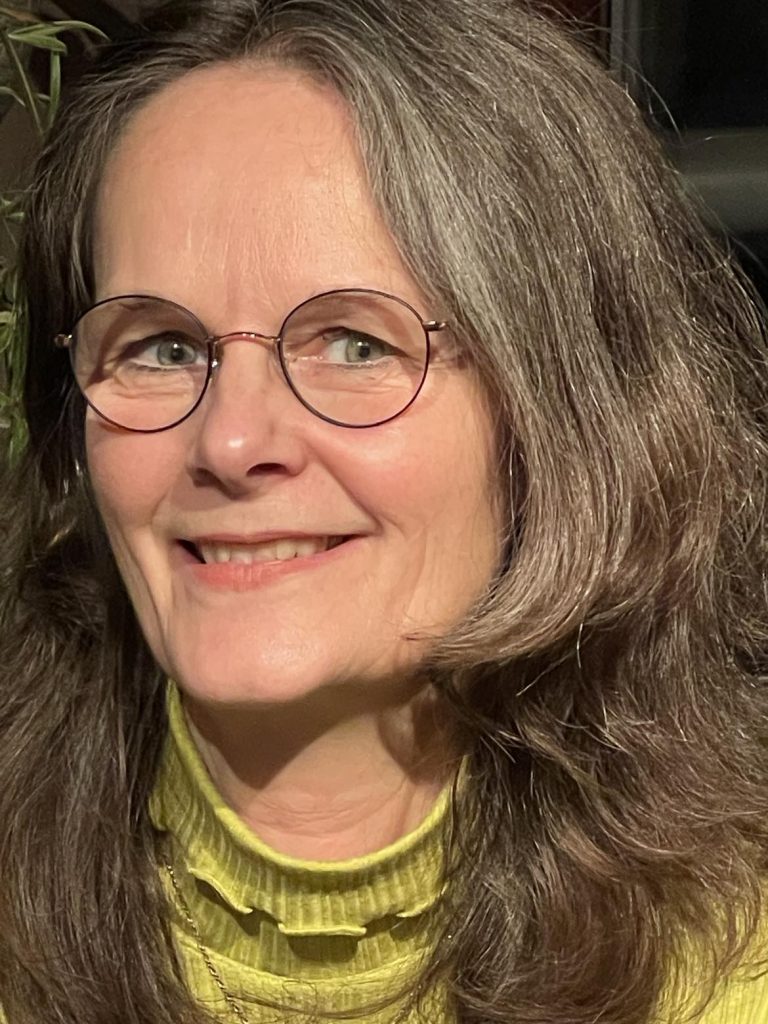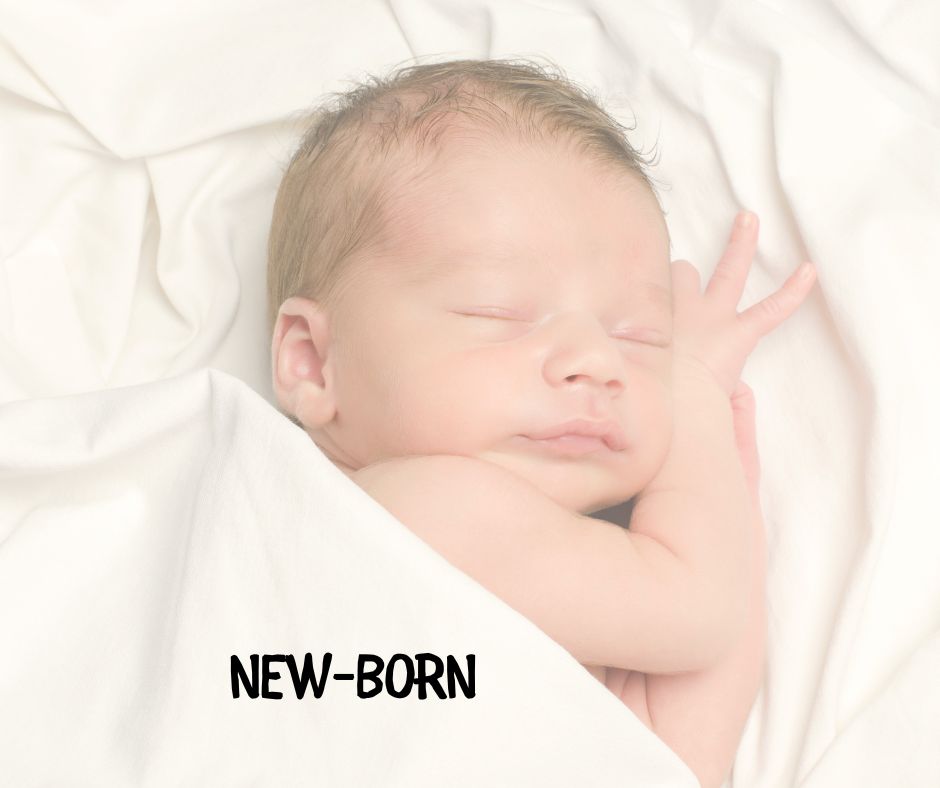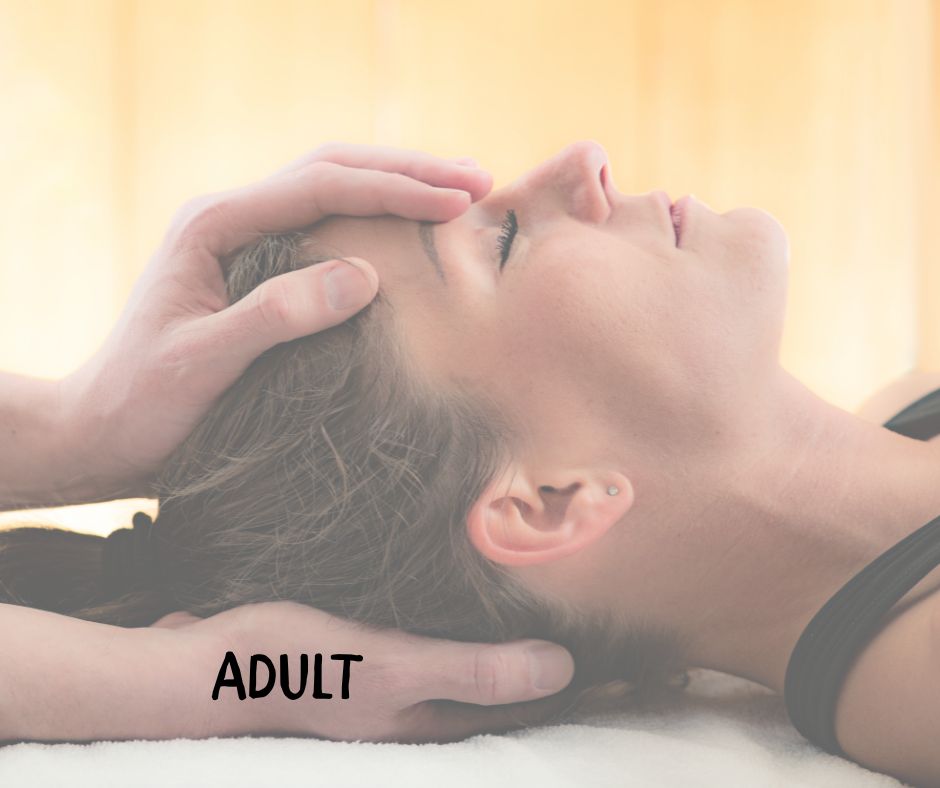
Since her childhood, Anne-Florence Vanden Perre has been interested in the body and how it functions, in nature and in the universe.
After school, she enrolled in Physiotherapy studies. With her diploma in hand and curious to discover more, she followed postgraduate training in Muscle Chains and Osteopathy.
Since 2000, she has practiced osteopathy in private practice.
She quickly specialized in fluidic, visceral, cranio-sacral and fascial techniques. Gentle techniques but no less profound.
Always driven by a desire to discover more, she inquires and opens up to natural products and completely different techniques which allow her a greater understanding of people and bodies for those who come to consult her.
“Our body is a unit that interacts with its natural and artificial environment. The body and the mind are bathed and live in the same atmosphere. They are at every moment the result of this interaction.
We are far from being an articulated puppet. We are the result of our beliefs (which most often limit us but also support us), our emotions and those of the people around us.
We are a physical, psycho-emotional and chemical entity (the chemistry of neurotransmitters and hormones for example)
Make an appointement : vandenperre.osteo@gmail.com – +32 495 52 47 61.
Osteopathy addresses functional disorders. It does not replace medical treatments. It can be complementary. Ask your doctor for advice.
Registered in the register of Belgian osteopaths no. 010 30 493
Member of the European Register of Osteopaths
Osteopathy addresses functional disorders. It does not replace medical treatments. It can be complementary. Ask your doctor for advice.
“Everything is energy and that’s all there is to understand in life.
Align yourself with the frequency of the reality you desire and that reality will manifest.
It can not be otherwise. It’s not philosophy, it’s physics.”
Albert Einstein



